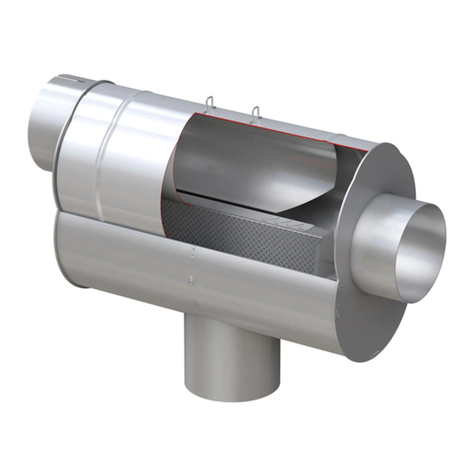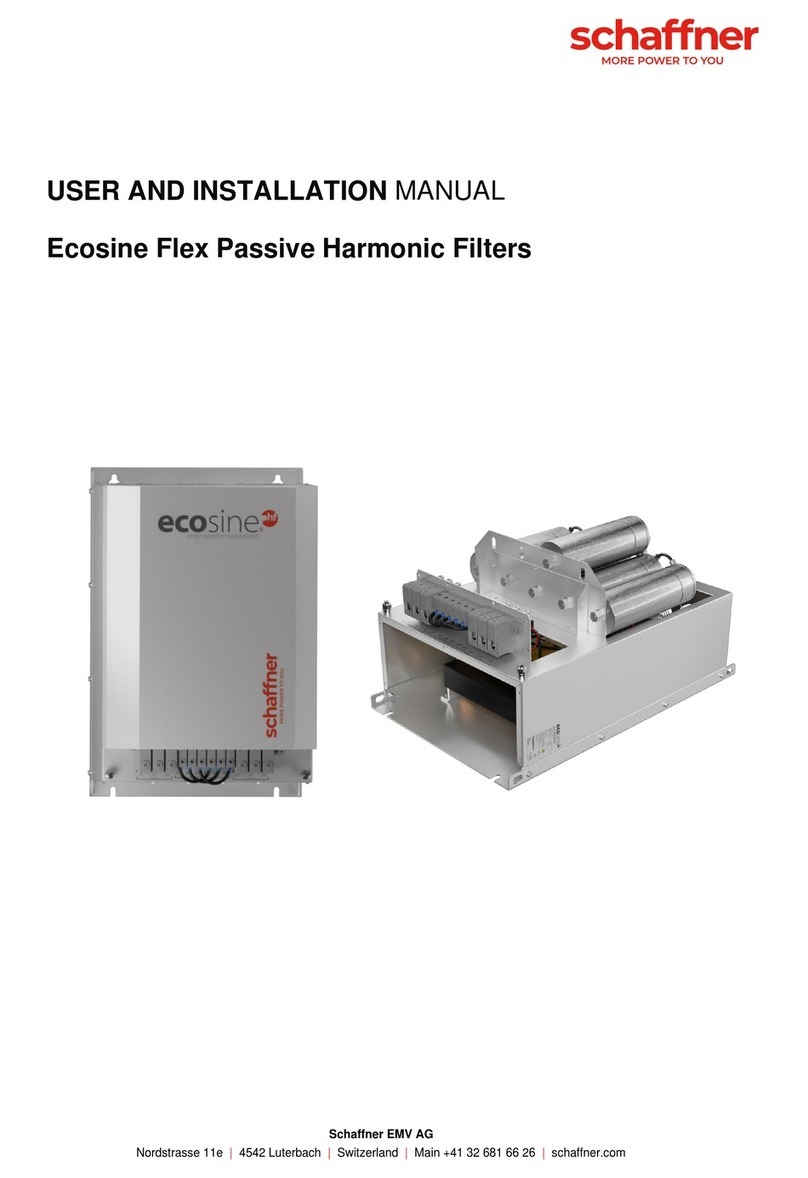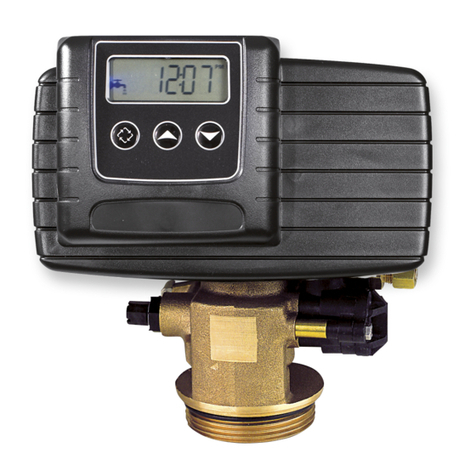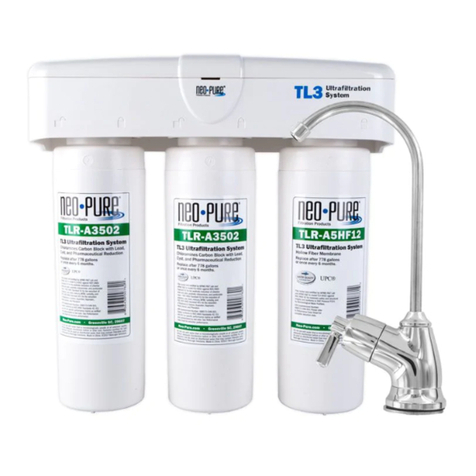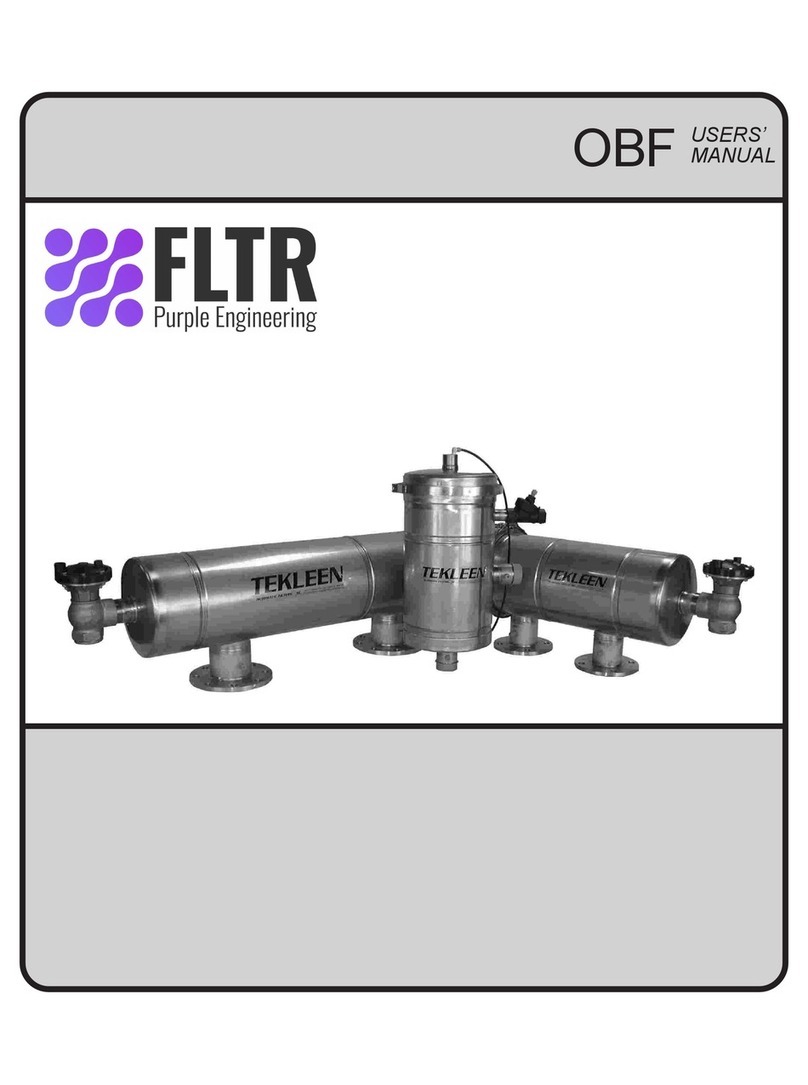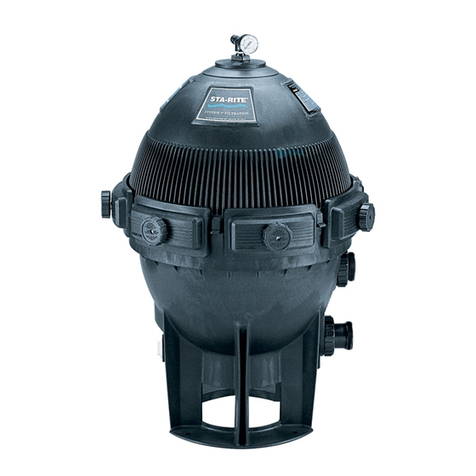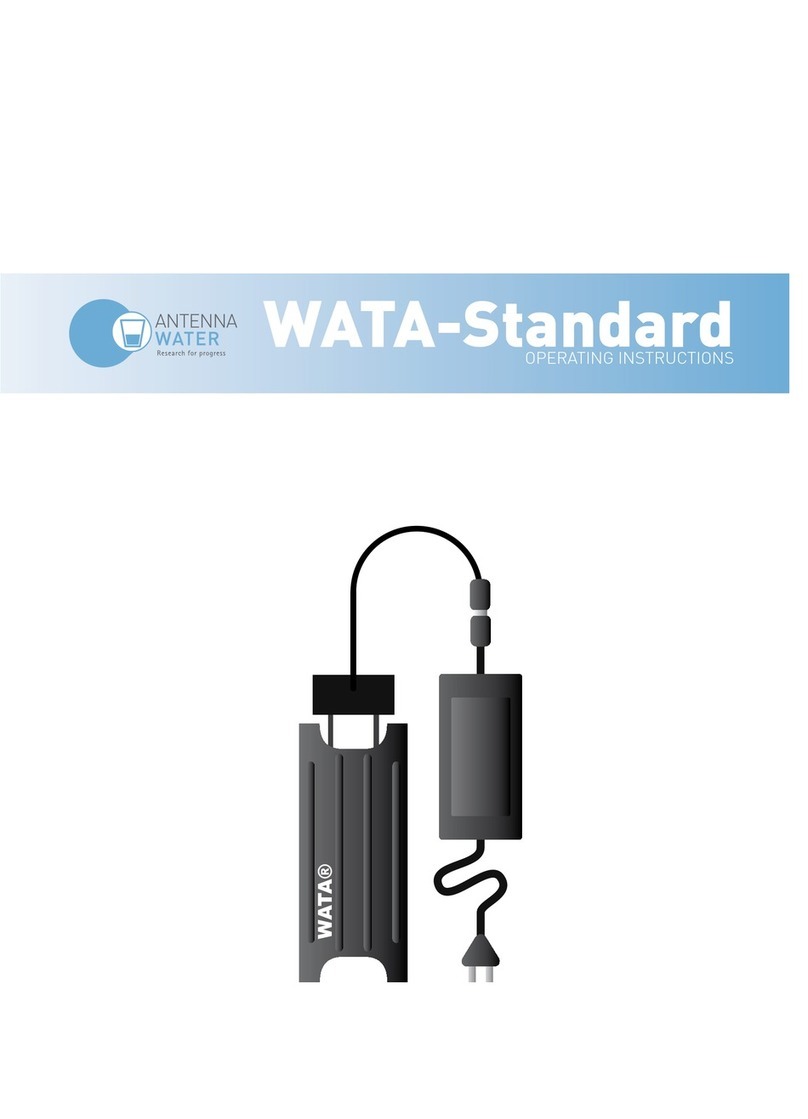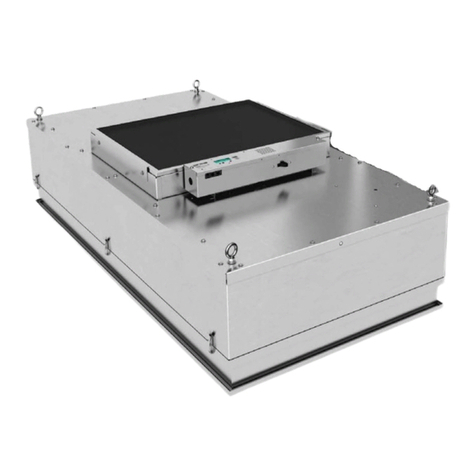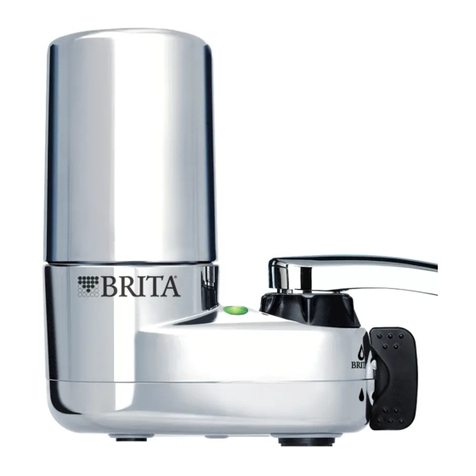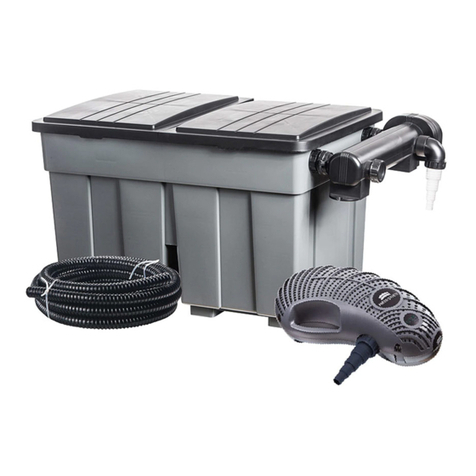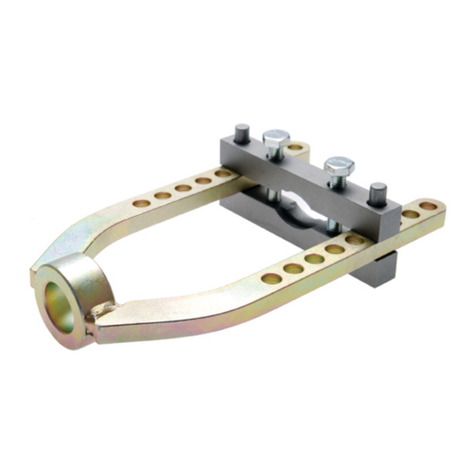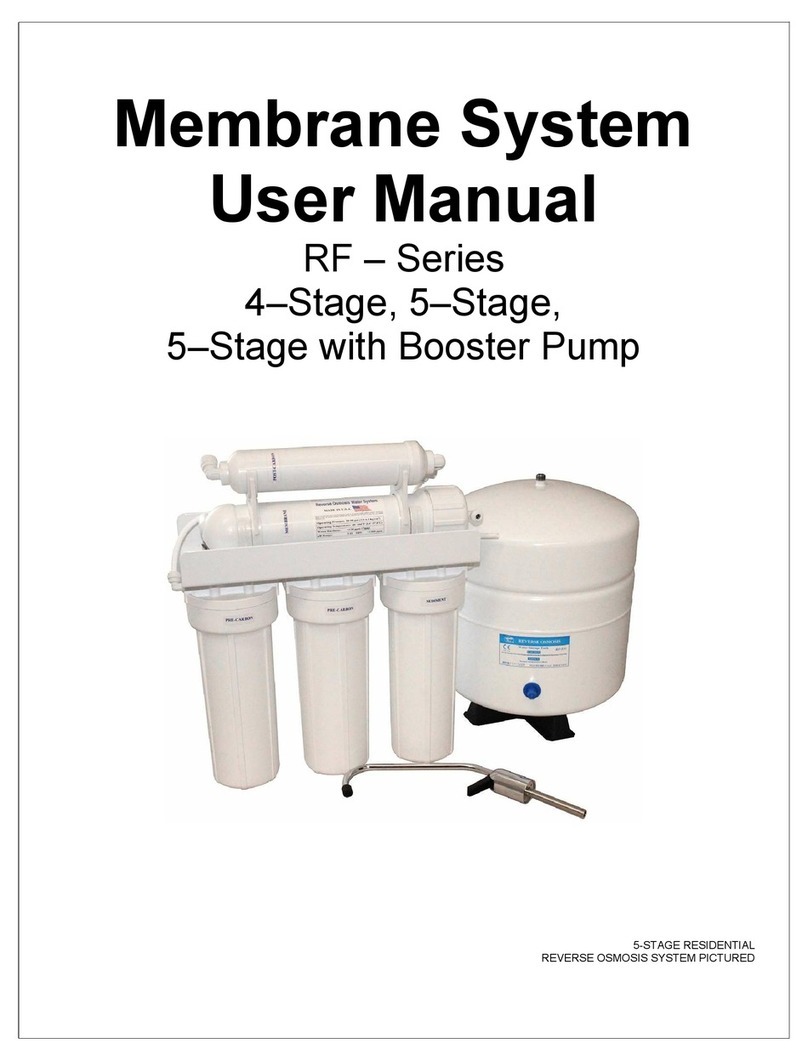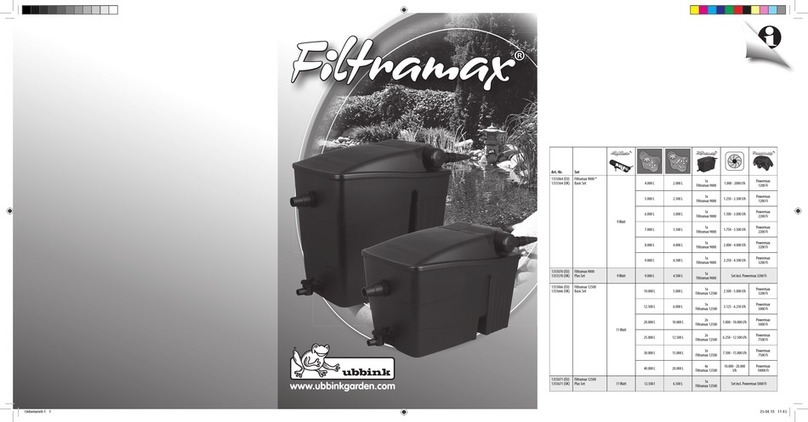
4
PRESSURE EQUIPMENT DIRECTIVE PED 2014/68/EU
(Fluid group 2)
There is Technical datasheet available. For additional technical specification, contact manufacturer.
Safety instructions
The relevant safety at work and accident prevention regulations, plus operating instructions, shall apply
for operating the cyclone. The cyclone has been constructed in accordance with the generally
recognized rules of engineering. It complies with the requirements of directive PED 2014/68/EU
concerning pressure equipment.
Ensure that installation complies with local laws for operation and routine testing of pressure
equipment at the place of installation.
Operator/user of the cyclone should make himself familiar with the function, installation and start-up of
the unit. All the safety information is always intended to ensure your personal safety.
Do not exceed max. operating pressure or operating temperature range (see data label).
The permissible working temperatures and pressures for ad-on parts and separator elements are
given under Technical data for those ad-ons. Maximum temperature and pressure for assembled
system is the lowest of any individual part.
It is necessary to ensure that the unit is equipped with the corresponding safety and test devices
to prevent the permissible operating parameters from being exceeded.
Separator has been designed for a primarily static pressure. Rapid changes of pressure are not
allowed.
Ensure that the separator is not subject to vibrations that could cause fatigue fractures.
Separator is not to be subjected to mechanical stresses.
The medium used may not have any corrosive components that could attack the materials of the
separator in a way that is not permitted. Do not use the separator in hazardous areas with
potentially explosive atmospheres.
All installation and maintenance work on the separator may only be carried out by trained and
experienced specialists.
It is forbidden to carry out any kind of work on the separator and piping, including welding and
constructional changes, etc.
A pressure gauge, which shows the operational pressure, must be installed in the unit,
respectively in the pipeline.
Depressurize the system before carrying out the installation work. The unit must be installed
vertically in the piping.
Ensure that separator is installed without any stresses.
Use original spare parts only.
Use the device for appropriate purpose only.
